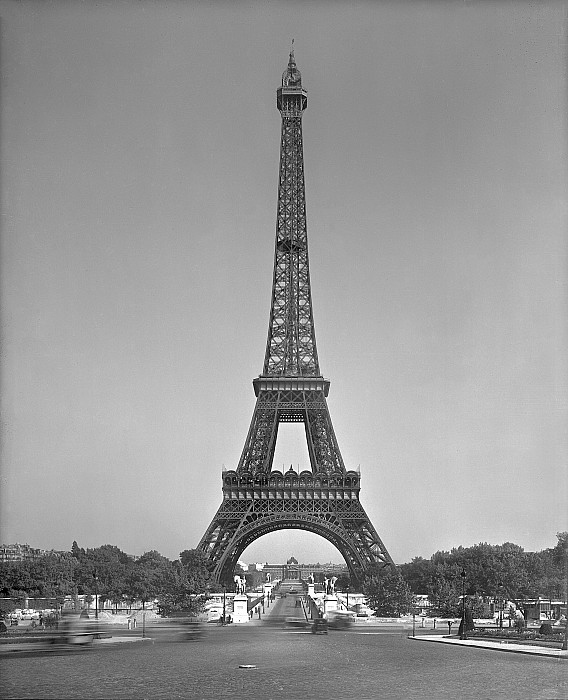Early on in A Foray
into the Worlds of Animals and Humans Jakob von Uexkull reveals that time
is not an objective mechanism of nature, but rather a subjective construct that
is perceived differently by both a variety of species and individuals within
those species. His first example is humans, who construct their televised
realities in “real-time”, or rather at the exact speed that we imagine our
world is moving. This becomes what we think of as objective time, but
Uexkull’s examination of time reveals that different animals perceive time
differently. One example is the snail, whose perception of time is much faster
than human perception. This difference in perception between species ultimately
leads Uexkull to realize that time and space are subjective experiences rather
than objective ones. Von Uexkull concludes his A Foray into the Worlds of Animals and Humans with the observation
“the environments of a researcher of airwaves and of a musicologist show the
same opposition. In one, there are only waves, in the other, only tones. Both
are equally real. And on it goes in this way” (135). It is a reaffirmation of his thesis that the world—as perceived
by any living being—is subjective. Indeed, even time and space become
subjective because they cannot exist without the subject. Yet, these
subjectivities are not unreal or delusional, instead they are what create
reality.
When trying to understand this I think of the story of
photography becoming an art. When the camera was first invented it was believed
to capture the objective world. It was a tool for documentation, and those who
took photographs were excluded from the artistic. It became an art when people
began to recognize that a photograph was subjective rather than objective. What
a photographer chose as her/his subject, and how he/she chose to depict the
subject could hardly be called objective because of what was left out and what
was left in. A camera cannot take the whole picture, it is limited, and those
limitations provide infinite possibilities for variety that open photography up
to subjectivity. The recognition of the camera as a tool--that could be used for
more than simply pointing, shooting, and documenting--was what transformed
photography into an art.
What connects these two topics is that both are still based
in a reality—the reality simply becomes a subjective reality instead of an
objective reality, which is something that is difficult to understand in a
society that privileges “objective truth", and often ignores the possibility of “subjective
truth”. Art, perhaps, is where “subjective truth” is most commonly accepted,
thus, it is easy to see the relationship between the subjective truth of
individuals and species as compared to the subjective truth of photography.
The comparison goes further, however, because both the
different perceptions of time and the different perceptions of an object in
photography are based in reality, which is to say neither is a delusion, but
simply another way of perceiving what is there. Thus, the different eiffel tower images that I have placed between each paragraph. The first looks like what we like to think of as a fairly objective depiction of an object. It shows the whole structure of the eiffel tower, and it is real; the tower is there and it looks like that in some ways. The next picture is angled, it more clearly demonstrates a particular perspective, and certainly creates a distortion of perspective that creates a sense of subjectivity. It is still a photograph of something that exists, however. It is the same structure simply seen a different way. The next is the same structure, seen another way. And when one travels to see the eiffel tower, the truly striking thing is to realize that each of these pictures is the eiffel tower seen through someone else's eyes. I was shocked when I saw the eiffel tower and it was nothing like what I expected, and at the same time so much like what I had seen. I grew up inundated with pictures, keychains, posters, drawings. The eiffel tower is everywhere, but each of the depictions is subjective. I see a keychain and it is someone's vision of the eiffel tower. It does not show me what I will see, but I see the echoes and similarities, so that it is impossible for me to say that the eiffel tower keychain was one capitalist's hallucination of the eiffel tower. And what I see is probably completely different from what each individual--in the crowd of people there--saw. Just as the researcher of airwaves and the musicologist observe the same environment differently, I am sure I observed the eiffel tower in a way that was different, but not incorrect, since there would appear to be no correct or incorrect way. The snail would see the eiffel tower in another way, no doubt. It is a way that would be no less correct, but probably very different. If only the snail could work a camera, to show us what it is that he sees. It would be a work of art in its subjectivity, but also a documentation of what a particular snail saw. But then more pictures by snails would become necessary, to understand that each has a distinct perspective in the same way the researcher of airwaves and the musicologist do.
As I sit and contemplate the different photographs that any number of the animals--whose perspective Uexkull details--might take, and how each species would require a number of photographers since one would reveal nothing but an individual perspective, I still feel a little overwhelmed by the realization that it is not only that flies perceive differently than humans, but that flies perceive differently from one fly to the next.




No comments:
Post a Comment